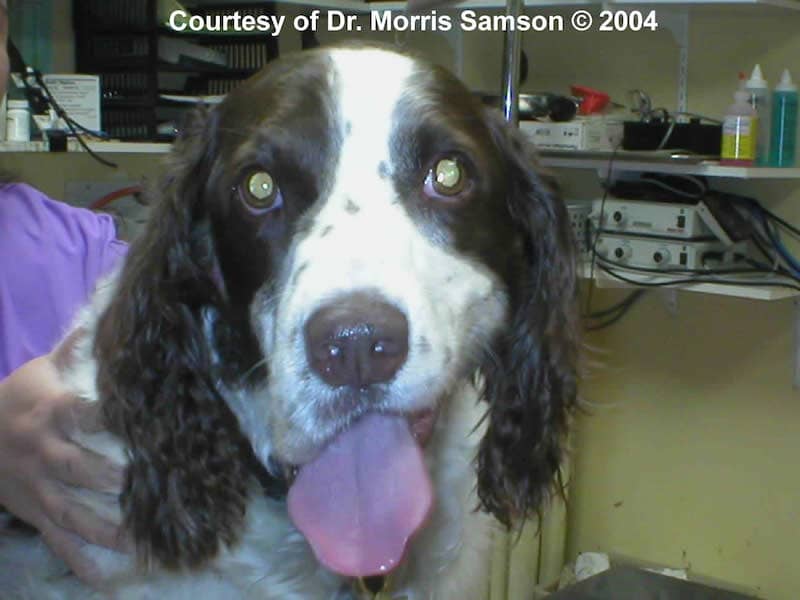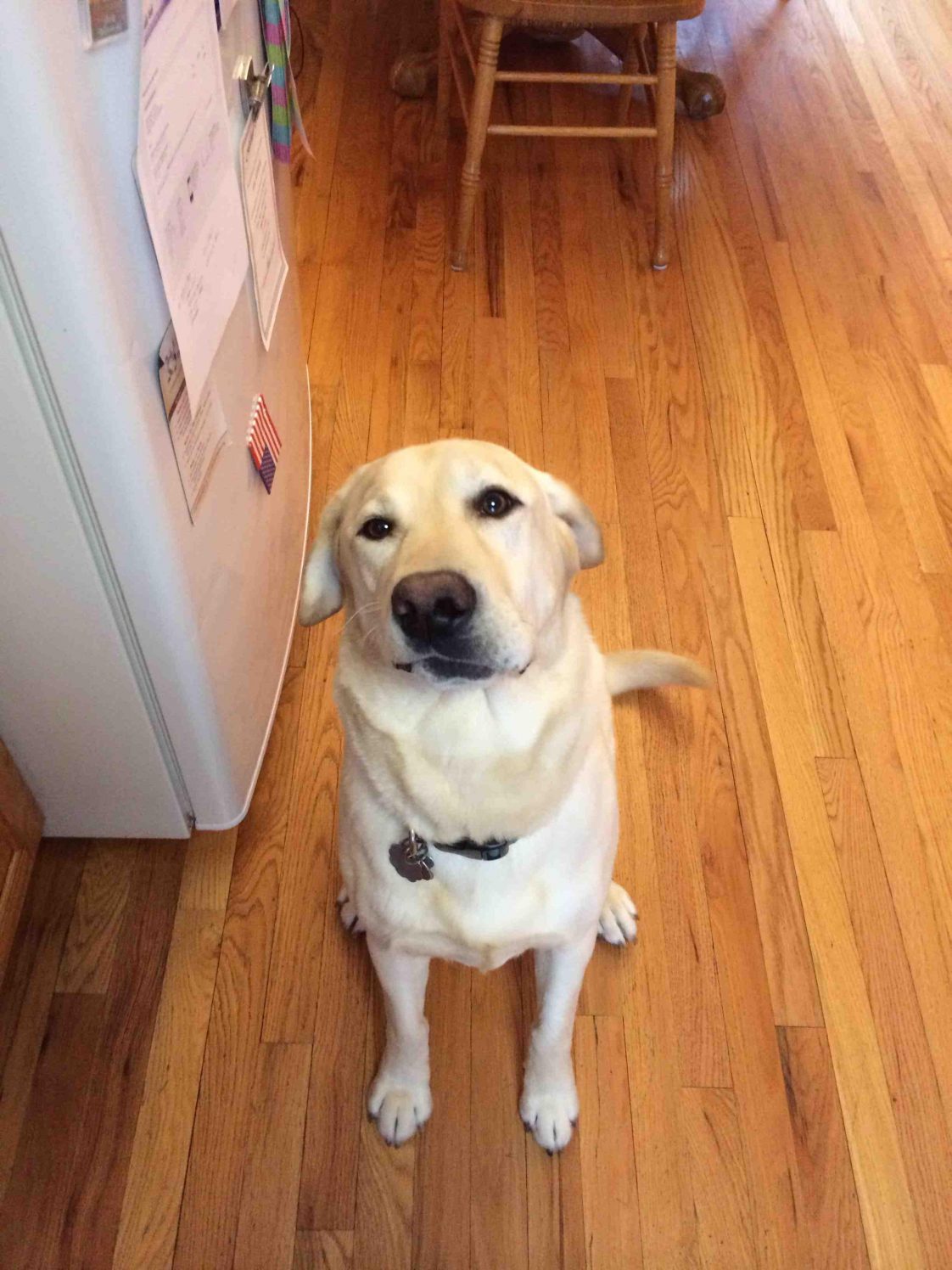Understanding Facial Nerve Paralysis In Dogs: Causes, Symptoms, Diagnosis, And Treatment
Facial nerve paralysis in dogs is a condition that affects the facial muscles, causing a range of symptoms that can significantly impact a dog's quality of life. This neurological disorder occurs when the facial nerve, which controls muscle movement in the face, becomes damaged or inflamed. As a pet owner, it's crucial to understand the causes, symptoms, and treatment options for this condition to ensure your furry friend receives the care they need.
Facial nerve paralysis in dogs can be alarming for pet owners, especially when they notice sudden changes in their dog's facial expressions or difficulty eating or drinking. While the condition may seem daunting, it is often manageable with proper diagnosis and treatment. In this article, we will delve into the causes, symptoms, diagnosis, and treatment options for facial nerve paralysis in dogs.
Our goal is to provide you with comprehensive and reliable information so you can make informed decisions about your dog's health. By understanding the nuances of this condition, you can ensure your pet receives the best possible care. Let's explore this topic in detail.
Read also:Plaza Steacutephane Your Ultimate Destination For Urban Living And Leisure
Table of Contents
- What is Facial Nerve Paralysis in Dogs?
- Causes of Facial Nerve Paralysis in Dogs
- Symptoms of Facial Nerve Paralysis in Dogs
- Diagnosing Facial Nerve Paralysis in Dogs
- Treatment Options for Facial Nerve Paralysis in Dogs
- Management and Care for Dogs with Facial Nerve Paralysis
- Common Questions About Facial Nerve Paralysis in Dogs
- Preventing Facial Nerve Paralysis in Dogs
- Emotional Support for Pet Owners
- Conclusion
What is Facial Nerve Paralysis in Dogs?
Facial nerve paralysis in dogs refers to the dysfunction of the facial nerve, which is responsible for controlling the muscles of the face. This nerve plays a vital role in various functions, including blinking, chewing, and expressing emotions. When the facial nerve becomes damaged or inflamed, it can lead to paralysis of the facial muscles, resulting in noticeable changes in a dog's appearance and behavior.
Understanding the Facial Nerve
The facial nerve, also known as cranial nerve VII, is one of the 12 cranial nerves in the body. It originates in the brainstem and travels through the skull to reach the face. Damage to this nerve can occur due to various reasons, including trauma, infections, or underlying medical conditions.
Types of Facial Nerve Paralysis
There are two main types of facial nerve paralysis in dogs:
- Idiopathic facial nerve paralysis: This type has no known cause and is the most common form of facial nerve paralysis in dogs.
- Secondary facial nerve paralysis: This type occurs as a result of an underlying condition, such as an ear infection, tumor, or trauma.
Causes of Facial Nerve Paralysis in Dogs
Facial nerve paralysis in dogs can result from a variety of causes, ranging from idiopathic cases to underlying medical conditions. Understanding these causes is essential for proper diagnosis and treatment.
Common Causes
- Idiopathic causes: In many cases, the exact cause of facial nerve paralysis remains unknown.
- Ear infections: Middle or inner ear infections can lead to inflammation and damage of the facial nerve.
- Trauma: Head injuries or surgical procedures near the facial nerve can cause paralysis.
- Tumors: Tumors in the brain or near the facial nerve can compress or damage the nerve.
- Neurological disorders: Conditions such as myasthenia gravis or hypothyroidism can contribute to facial nerve paralysis.
Symptoms of Facial Nerve Paralysis in Dogs
Recognizing the symptoms of facial nerve paralysis in dogs is crucial for early diagnosis and treatment. The symptoms may vary depending on the severity and underlying cause of the condition.
Physical Symptoms
- Drooping of the face
- Inability to blink or close the eyes
- Drooling from the mouth
- Tilting of the head
- Difficulty eating or drinking
Behavioral Symptoms
- Changes in facial expressions
- Increased sensitivity to touch
- Reduced activity levels
Diagnosing Facial Nerve Paralysis in Dogs
Diagnosing facial nerve paralysis in dogs involves a thorough examination by a veterinarian. The diagnostic process typically includes a combination of physical exams, laboratory tests, and imaging studies to identify the underlying cause of the condition.
Read also:Duane Park Patisserie New York Ny Your Ultimate Dessert Haven
Physical Examination
Your veterinarian will perform a comprehensive physical exam to assess your dog's facial muscles, eye function, and overall health. This may include checking for drooping of the face, difficulty blinking, and other visible signs of paralysis.
Diagnostic Tests
- Ear examination: To rule out ear infections as a cause of facial nerve paralysis.
- Imaging studies: X-rays, CT scans, or MRI may be used to detect tumors or other abnormalities.
- Blood tests: To check for underlying conditions such as hypothyroidism or autoimmune diseases.
Treatment Options for Facial Nerve Paralysis in Dogs
The treatment for facial nerve paralysis in dogs depends on the underlying cause of the condition. While idiopathic cases may resolve on their own, secondary causes often require targeted interventions to address the root problem.
Idiopathic Cases
In cases where the cause is unknown, supportive care is often the primary treatment. This may include:
- Artificial tears to prevent eye dryness
- Assistance with feeding and drinking
- Physical therapy to maintain muscle tone
Secondary Cases
Treatment for secondary facial nerve paralysis focuses on addressing the underlying cause. This may involve:
- Antibiotics for infections
- Surgery for tumor removal
- Medications for neurological disorders
Management and Care for Dogs with Facial Nerve Paralysis
Managing facial nerve paralysis in dogs requires a combination of medical treatment and at-home care. Proper management can significantly improve your dog's quality of life and help them adapt to their condition.
Eye Care
One of the most critical aspects of care is protecting your dog's eyes. Since dogs with facial nerve paralysis may be unable to blink, their eyes are at risk of drying out or becoming injured. Regular application of artificial tears and eye lubricants can help prevent complications.
Feeding and Hydration
Difficulty eating or drinking is a common issue for dogs with facial nerve paralysis. Offering soft foods and ensuring access to water can help your dog maintain proper nutrition and hydration.
Common Questions About Facial Nerve Paralysis in Dogs
Is Facial Nerve Paralysis Painful for Dogs?
Facial nerve paralysis itself is not typically painful, but secondary issues such as eye dryness or infections can cause discomfort. Regular monitoring and care are essential to prevent complications.
Can Facial Nerve Paralysis Be Cured?
In idiopathic cases, the condition may resolve on its own over time. However, secondary cases often require ongoing treatment to address the underlying cause.
Preventing Facial Nerve Paralysis in Dogs
While some cases of facial nerve paralysis are unavoidable, there are steps you can take to reduce the risk of this condition in your dog.
Regular Veterinary Checkups
Scheduling regular checkups with your veterinarian can help detect and address potential issues before they lead to facial nerve paralysis.
Ear Health
Maintaining good ear health by cleaning your dog's ears regularly and treating infections promptly can help prevent nerve damage.
Emotional Support for Pet Owners
Dealing with a pet's health condition can be emotionally challenging for pet owners. It's important to remember that you're not alone and that there are resources available to support you during this time.
Joining Support Groups
Connecting with other pet owners who have experienced similar situations can provide valuable emotional support and practical advice.
Conclusion
Facial nerve paralysis in dogs is a condition that can significantly impact a dog's quality of life. By understanding the causes, symptoms, and treatment options, you can ensure your furry friend receives the care they need. Early diagnosis and proper management are key to helping your dog adapt to this condition and live a happy, healthy life.
We encourage you to share this article with other pet owners and leave your thoughts or questions in the comments below. For more information on dog health and wellness, explore our other articles on our website.


